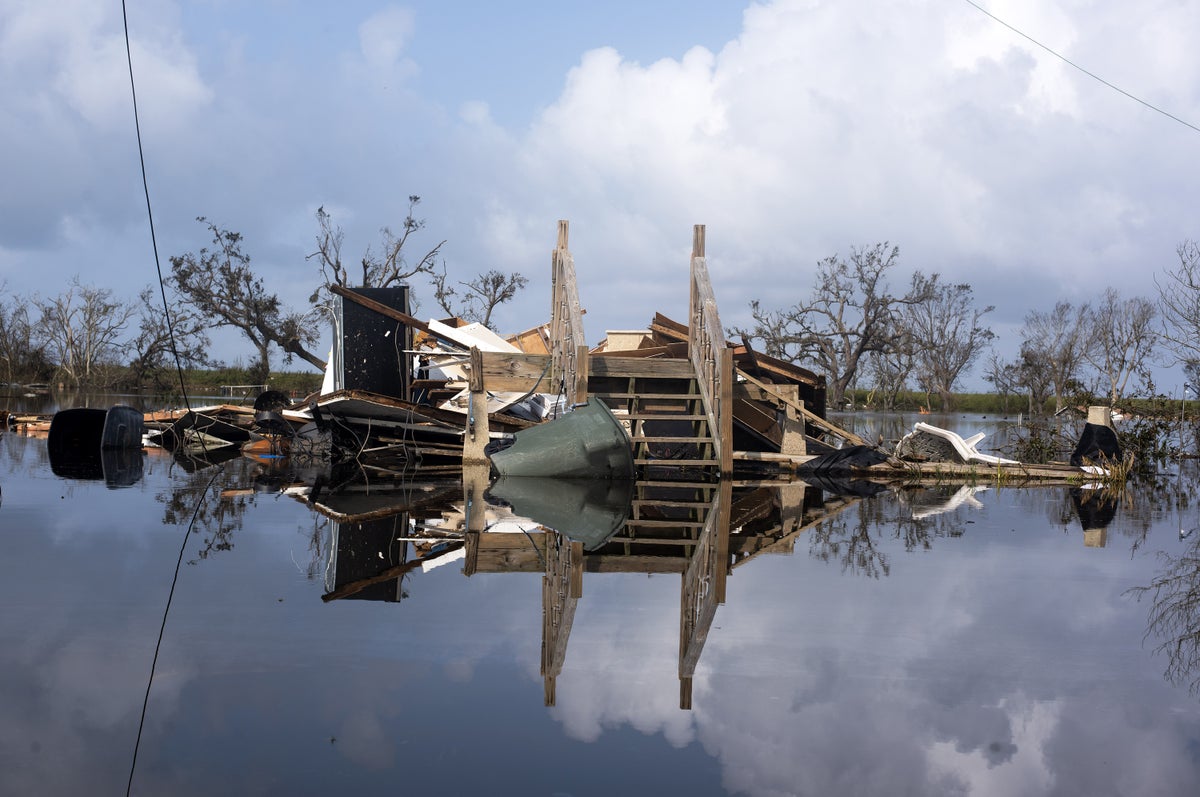
"Today those in a twister's path get a take-cover notice eight to 18 minutes before a strike on average. Such improvements have cumulatively saved thousands of lives and likely hundreds of billions of dollars across the U.S."
"But by last year, forecasters could give several days' warning that the then approaching storms Helene and Milton were likely to abruptly morph into monsters."
"Our worst nightmare is that weather forecast offices will be so understaffed that there will be needless loss of life, wrote five former NWS directors from both Democratic and Republican administrations in an open letter on May 2."
"Ultimately, storm experts say, disruption caused by existing and proposed cuts will hit multiple fronts. An understaffed and underfunded NWS could mean that forecasts become less reliable, endangering lives."
The article reflects on the drastic improvements in weather forecasting over the past century, highlighting that current technology allows for timely warnings before severe weather strikes. In contrast to the catastrophic 1925 tornado, which had no warning, advances now typically provide 8 to 18 minutes' notice. However, recent staffing cuts and funding reductions at the National Weather Service are jeopardizing these advancements. Experts warn that such disruptions could reverse progress, leading to unreliable forecasts and increased risk to life and property during severe weather events.
Read at www.scientificamerican.com
Unable to calculate read time
Collection
[
|
...
]